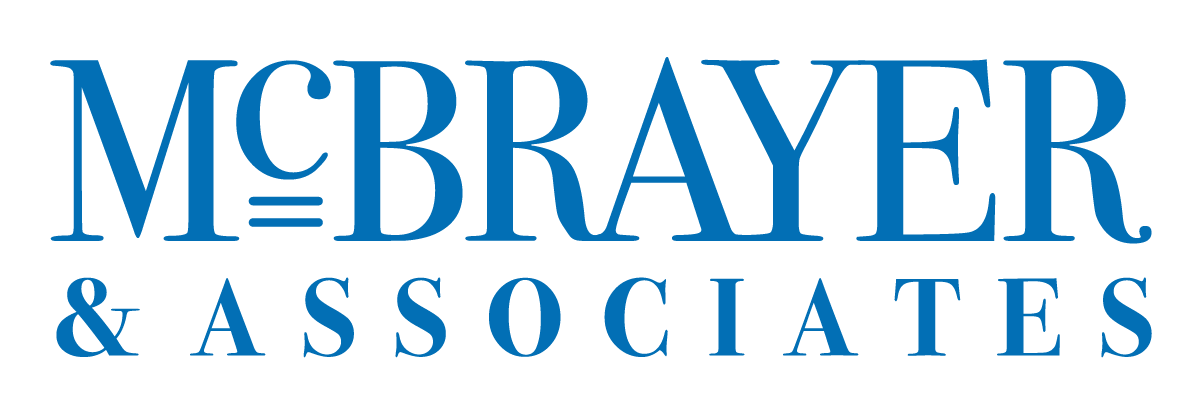The Secret Behind the Most Powerful Sales Tool: The Question

When challenged by his manager on why his numbers were so poor, a sales representative repeated the old cliché, “You can lead a horse to water, but you can’t make him drink.”
The manager said, “Your job is not to make them drink! Your job is to make them thirsty!”
The question we ask in the real life execution of this situation is this: How? How do we make buyers thirsty enough to buy from us? The goal of the salesperson is to move a prospect from satisfied—when no change will happen because no change is needed—to unsatisfied or in crisis mode.
The Most Powerful Sales Tool
The first pillar of persuasion is establishing trust. The sales tool for establishing trust is the Educational Briefing.
The second pillar is creating urgency, and the tool for creating urgency is Discovery.
We discover by asking questions, much the way a consultant would. This not only helps us learn more about the buyer’s situation in their market, but also—and more importantly—shows the priority of which items are on the buyer’s to do list. Because we are facilitating this exchange, we get to watch these realizations happen and can be present as a consultant.
The seller’s job, once they have established trust, is to position him or herself as a consultant. And the consultant’s most powerful sales tool is the question.
How to Use the Most Powerful Sales Tool
Every buyer, like each of us, has a to do list. Until our “call to action” moves to the number one slot on this to do list, s/he will not take action.
The seller’s job is not to wait until the incumbent supplier has failed the buyer so drastically that the buyer is forced to make a change. Our job is to help the buyer discover problems and opportunities that could lead to game-changing events—both good AND bad. We then create the urgency to take action now.
When Do Most Sellers Offer Their Solution?
The answer is immediately: As soon as the crisis presents itself or the first time the buyer pauses to take a breath—and that is too soon. We must avoid the natural temptation to offer a solution while we are in the Discovery phase, because when we advocate a solution, we have moved ourselves and the buyer out of the Discovery phase and into consideration and selection.
If the seller has failed to create urgency before s/he moves the buyer into selection, then it will likely not go favorably for him or her. The key is delayed gratification. Before we present our solution, we need to ask questions to help the buyer identify what is truly important to his or her business in order to reinforce trust, and then to create a sense of urgency.
We have to seek first to understand, because when people feel understood, they usually extend trust to the understanding person, and the Principle of Reciprocity begins to work in favor of the seller. In order to understand, we have to learn which questions to ask and when, so that each buyer not only has a custom experience, but also—and more importantly—the salesperson is actually helping.
If we do our job correctly by asking the right discovery questions in the right order, we should be able to think with the buyer, and together, be able to predict impending crises in order to help the buyer formulate an accurate solution.
